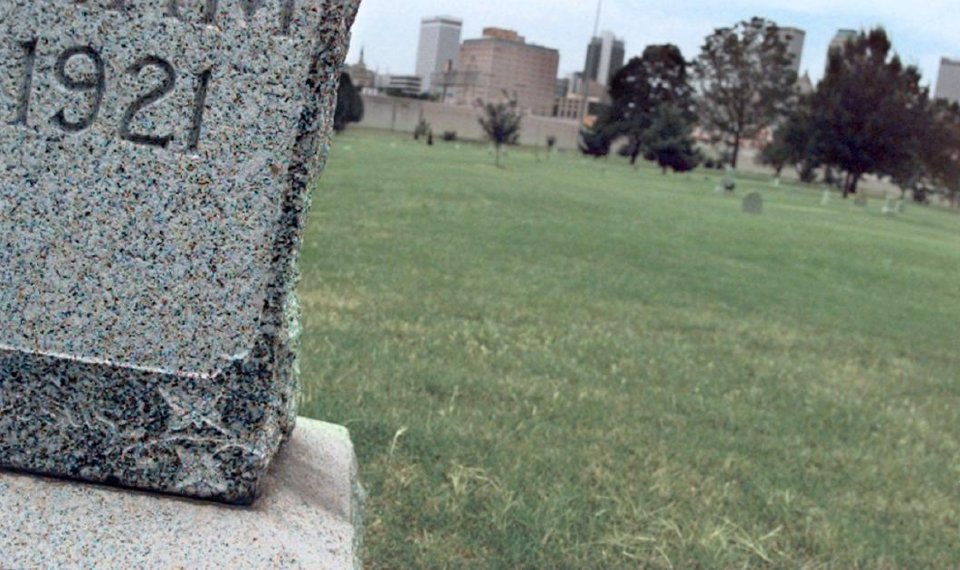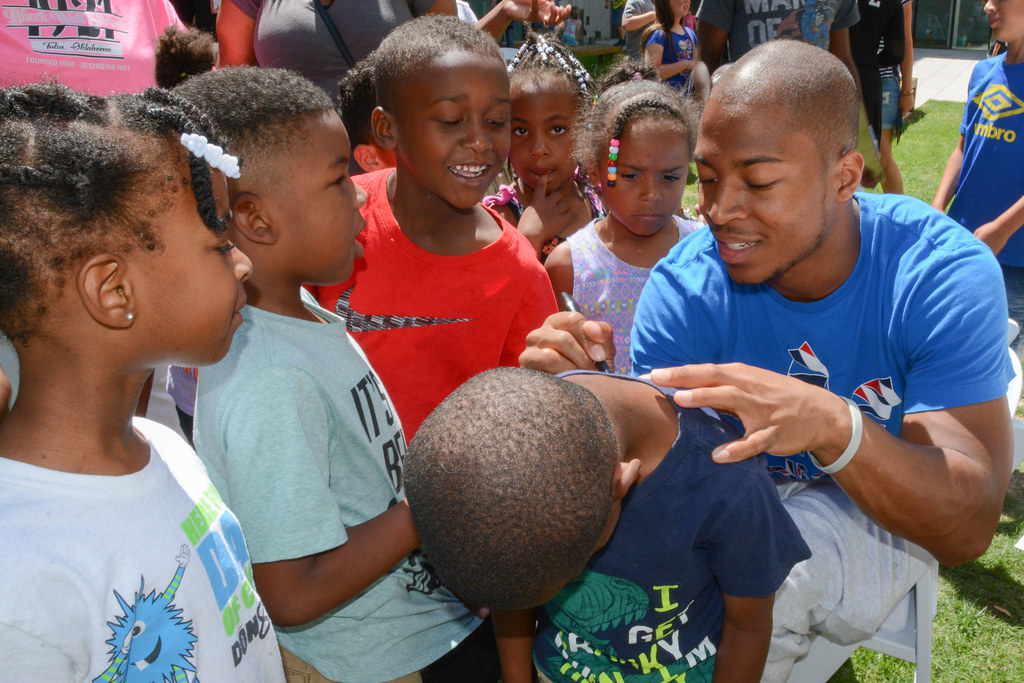
By Eagle Newswire
Mayor G. T. Bynum and the Mass Graves Investigation Public Oversight Committee will hold its first public meeting on Thursday, June 27, 5:30 p.m. at the 36th Street Event Center, 1125 E. 36th St. N., to discuss plans to begin the investigative process into the potential mass graves search from the 1921 Tulsa Race Massacre. The first meeting was originally scheduled in May but had to be rescheduled due to severe weather in Tulsa.
“The only way to move forward in our work to bring about reconciliation in Tulsa is by seeking the truth honestly,” Mayor G.T. Bynum said. “As we open this investigation 98 years later, there are both unknowns and truths to uncover. But we are committed to exploring what happened in 1921 through a collective and transparent process – filling gaps in our city’s history, and providing healing and justice to our community.”
Last year, Mayor Bynum announced the City of Tulsa would reexamine the potential of mass graves at three sites that were identified in the 2001 State commissioned report, including: Oaklawn Cemetery, Newblock Park and Rolling Oaks Memorial Gardens, formerly Booker T. Washington Cemetery. The City has established three goals around the reexamination, including: public oversight, historical context and the physical evidence investigation.
A Public Oversight Committee was established to ensure transparency and community engagement throughout the investigation and will serve in an advisory capacity to the City during key decisions throughout the investigation. Oversight Committee members are Chair, Senator Maxine Horner, Thomas Boxley, Mayor G.T. Bynum, Melvin Cooper, Chief Egunwale, Dr. John Franklin, Sherry Gamble-Smith, Representative Regina Goodwin, Councilor Vanessa Hall-Harper, Zachary Kimbrough, Sherry Laskey, Senator Kevin Matthews, Michael Reed, Greg Robinson, Representative Don Ross, Robert Turner, and Kristi Williams.
“Undertaking the work of investigating potential mass grave sites is a key first step in bringing truth and honesty to a dark moment in Tulsa’s history,” said Councilor Vanessa Hall-Harper. “This truth is critical to bringing healing and justice to our community. I am hopeful that a transparent, publicly-accountable process will allow Tulsa to set an example for the rest of the country in being honest about our past and growing together from it.”
The physical evidence investigation will be organized into two phases. The first phase will be led by the State of Oklahoma Archaeological Survey through the use of ground penetrating radar at the three identified sites. The logistics and coordination for the first phase of the investigation will be discussed and vetted at a future Public Oversight Committee Meeting. Once the radar process is complete, the Survey team will present their findings to the City of Tulsa and Public Oversight Committee following their investigation.
If anomalies are present from the ground penetrating radar, the City of Tulsa, with the help of the Public Oversight Committee, will determine if the second phase of the investigation will continue, which includes potential excavation and cause of death determination that would be led by the State of Oklahoma’s Medical Examiner’s Office. The cause of death determination would be an important step to the investigation as remains will be close to 100 years old and a Spanish Influenza outbreak occurred in Tulsa in 1919 prior to the Race Massacre in 1921.
If mass graves are present and can be directly associated with the 1921 Tulsa Race Massacre, the City of Tulsa with the help of the Public Oversight Committee, must determine next steps as it relates to storing remains, DNA testing and genealogical research, and commemorating the grave sites and honoring the remains.
Another Public Oversight Committee Meeting will be held to discuss the logistics of the first phase of the investigation.










